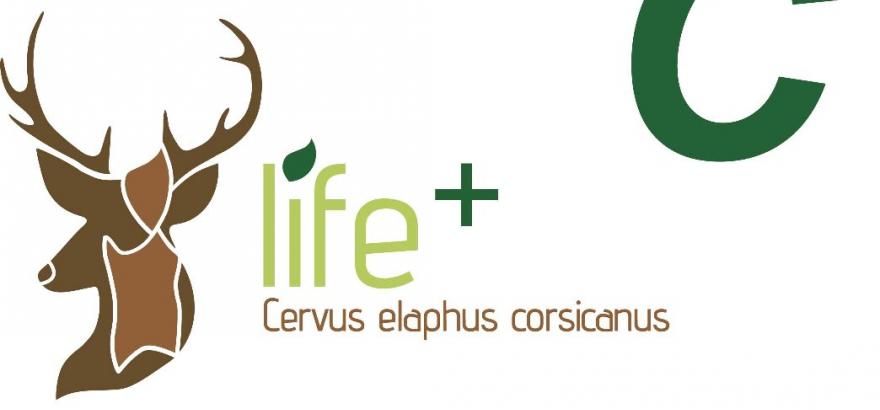Action C4: Creation of ecological corridors through the realization of pastureland and meadows to the deer’s nourishment.
The aim of this action is to create a meta-population that is composed by groups, for whom the exchange of species, through animals’ immigration and emigration phenomenon is really possible.
At the present state of the art, core areas are too far from each other and don’t allow species dispersion; moreover, potentially suitable areas, but with low permeability to the species’ transfer, impede the colonization of new areas. The project faces these situations with two different but coordinated actions:
1) Creation of new populations to reduce the presence among the different cores.
2) Creation or conservation of ecological corridors, or permeable area to ease species’ transfer: this is going to be realized considering the localization of the original populations, of the reintroduction’s sites, of the instruments of national and regional program (Rete Ecologica Nazionale and Carta delle vocazioni Faunistiche).
The kind of interventions will be influenced by the needs identified in the areas (increase of available food through sowing lands, increase available water, forests management finalized to optimize the fodder of the undergrowth).
In Sardinia, in the Arbus area, more than 1,800 species of deer are present, with a density of 18 animals/km2 (ISPRA and Forestry Commission): it’s necessary to facilitate their expansion to other SIC areas, suitable to receive the species.
In the Medio Campidano Province’s SICs, where the density of the Sardinian’s deer is very high, the C1 and C4 actions aim to reduce the ecological impact of the animals allowing their transfer creating an ecological corridor from the SIC ITB040031 (Monte Arcuentu- Rio Pixinas) to the SIC ITB041111 (Monte Linas-Marganai), where the deer is present in a low density. In the Montevecchio zone, the deer has reached a high density that causes several problems: one of them is the degradation of the native vegetation; moreover, a high density facilitates the appearance and the development of diseases in the populations. The main problem is the competition aspect between the deer and the other raised animals (sheep, goats).
Focusing on others interested SICs, the aim is to connect isolated populations or allow their diffusion in order to re-obtain the historical diffusion of the species.
In the Ogliastra area, the populations have been recently reintroduced, isolated among them from the Sardinian ones, and they consist of a number of species enough widespread to form stable and viable populations.
The actions consist in the creation of pasture areas and an ecological corridor, used only by the deer, to adjacent areas to some paths inside of SIC Monte Arcuentu and Rio Piscinas (ITB040031) to ease the transfer to the south, towards the SIC "Da Piscinas a Riu Scivu" (ITB040071), "Capo Pecora" (ITB040030), "Monte Linas - Marganai" (ITB041111) throughout Pitzinurri, Gennamari, Bidderdi and, northbound, to Pardu Atzei.
For the creation of pasture areas, in both private and public terrains, will be used plant species able to produce satisfactory amount of forage, especially during the spring. The herbaceous species, which can be used, is the clover in association with the rye grass.
Watering points will be realized close to the cultivated areas. They will be built in concrete covered with stone, to not create negative environment effects.
The land is rich in natural springs. Cleaned from the infesting vegetation, they could be watering point for the deer.
Paths and springs need to be maintained by a society with specific knowledge of the territory.
The territory is rich of paths, easily identifiable and they will be constantly cleaned by hand for a wide of 2 meters.
As regards the Ogliastra Province, the reintroduction’s plan includes the realization of an ecological corridor to connect the areas of the oasis of Taccu (Ulassai) and the SIC Gennargentu as well as between the SIC ITB020014 and ITB 022212, in order to avoid the population isolation and to facilitate its expansion. Considering that the main danger for the deer survival is the splitting up of the habitat, which causes a genetic isolation and overpopulation in specific areas of small extension with the consequent loss of food resources. This aspect is important because it could be a cause of a negative attitude of the humans to the deer and consequently threaten the success’ possibilities of the reintroduction’s project.
The ecological corridors will be 7 km long (4.35 miles) and 3 km wide (1.86 miles): these dimensions could be realized for a limited number of interventions and with targeted actions because the two islands are almost uninhabited.





















